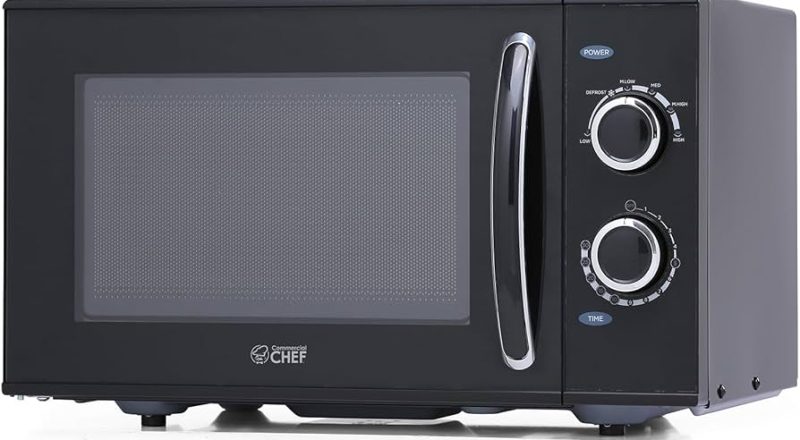Introduction:
The microwave oven, an essential modern convenience, has revolutionized how we cook and reheat food. Nowadays, it’s difficult to imagine a kitchen without this handy appliance. But when did the microwave oven first make its debut, and how did it evolve from a scientific curiosity to a household staple? The fascinating backstory of its invention is not only about technological innovation but also about unexpected scientific discoveries. Let’s delve into the history, development, and impact of the microwave oven to understand its journey from invention to ubiquitous kitchen tool.
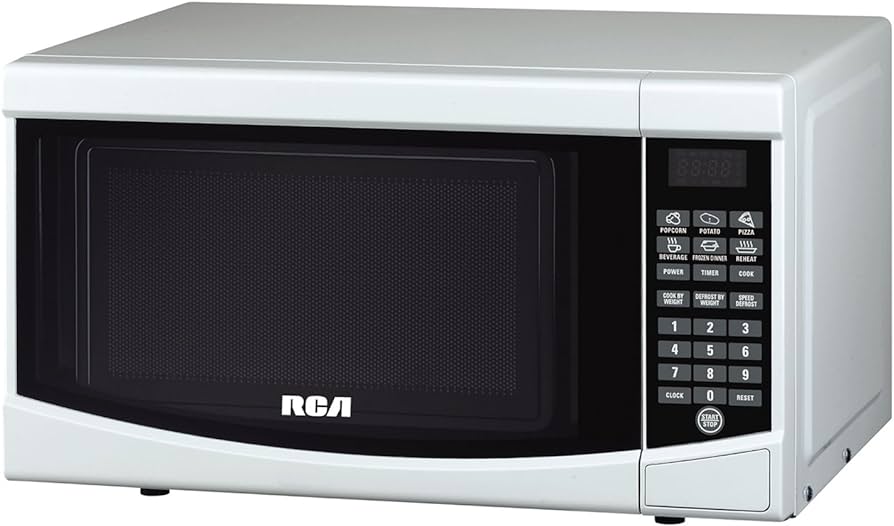
When Was the Microwave Invented?
Uncovering the Hidden History
The Accidental Discovery
The story of the microwave starts somewhat accidentally during World War II. In 1945, Percy Spencer, an engineer at the Raytheon Corporation, was working on magnetrons—high-powered vacuum tubes used in radar technology. During one of his experiments, Spencer noticed something peculiar: a chocolate bar in his pocket had melted. Intrigued by this unexpected result, he began to investigate further.
Spencer then experimented by placing popcorn kernels near the magnetron, which promptly popped. Realizing the potential for cooking food quickly with microwaves, Spencer and his colleagues at Raytheon began to develop this discovery into a practical cooking appliance. This significant breakthrough laid the foundation for the first microwave oven.
Development of the First Microwave Oven
The journey from discovery to commercial appliance took a few more years of development. In 1946, Raytheon patented the technology for cooking food using microwave radiation. The first commercial microwave oven, known as the “Radarange,” hit the market in 1947. However, it was vastly different from today’s compact and affordable models.
This initial microwave oven stood about 6 feet tall and weighed nearly 750 pounds. It required significant power to operate, necessitating a water-cooling system. Additionally, the cost was a whopping $5,000—an unaffordable price for most households. As a result, early microwaves found their primary market in commercial establishments such as restaurants and military kitchens, where the speed of cooking was a paramount advantage.
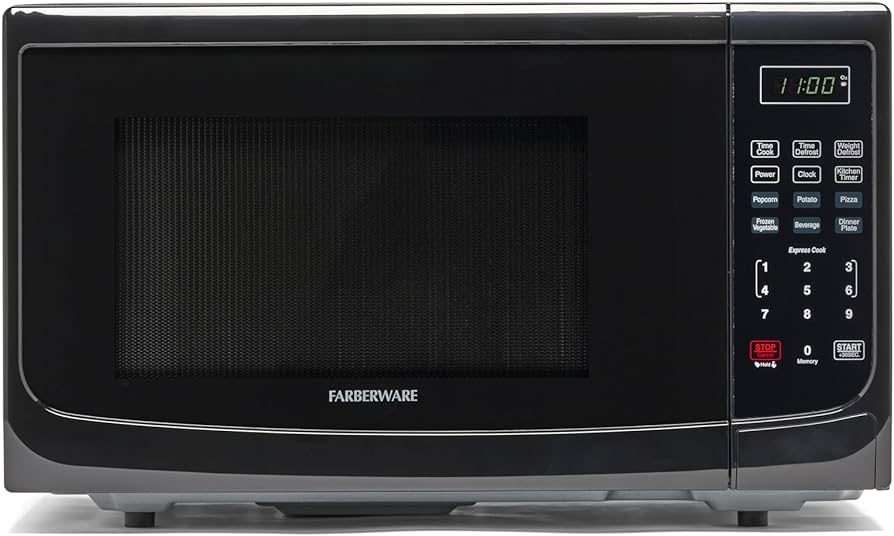 Overcoming Initial Challenges
Overcoming Initial Challenges
Transitioning the microwave oven from an industrial appliance to a consumer-friendly product posed several challenges. One of the main issues was the size and cost of the early models. Engineers worked diligently to miniaturize the technology and reduce manufacturing costs. They focused on developing more compact magnetrons and efficient designs.
In 1955, the first home-use microwave ovens were introduced by Tappan, an appliance manufacturer. However, these models were still expensive and large, limiting their popularity. Consumer skepticism also hampered adoption, as many people were wary of cooking with “radiation.” Misconceptions and fears regarding the safety of microwave ovens were prevalent, necessitating extensive education and marketing to reassure the public.
Technological Advancements and Market Acceptance
It wasn’t until the late 1960s and early 1970s that microwave ovens began to gain acceptance in household kitchens, driven by significant technological advancements and aggressive marketing. Key to this shift was the introduction of solid-state components, which allowed for more reliable and efficient operation. These innovations reduced both the size and cost of microwave ovens, making them more accessible to the average consumer.
The Amana Corporation, a subsidiary of Raytheon, played a crucial role in popularizing microwave ovens. In 1967, Amana introduced the “Radarange” countertop microwave oven, which was smaller, more affordable, and easier to use than previous models. This breakthrough marked the beginning of widespread domestic use. The convenience and speed of microwave cooking quickly garnered positive consumer feedback, leading to a rapid increase in sales throughout the 1970s and beyond.
 Global Expansion and Cultural Impact
Global Expansion and Cultural Impact
As microwave ovens grew in popularity in the United States, their international reach expanded as well. By the 1980s, microwave ovens were making their way into homes around the world. Manufacturers began producing models tailored to various markets, addressing different cultural cooking practices and preferences.
The cultural impact of microwave ovens was profound, fundamentally changing how people cooked and perceived meal preparation. Microwave-safe cookware and pre-packaged microwaveable foods emerged, catering to the evolving needs of consumers who sought convenience without compromising on quality. The appliance became a symbol of modern, efficient living.
Health and Safety Concerns Addressed
While microwave ovens offered undeniable convenience, concerns about their safety persisted. Early on, myths circulated about the dangers of microwave radiation. Public education campaigns and scientific studies were essential in dispelling these misconceptions. Regulatory bodies such as the U.S. Food and Drug Administration (FDA) set safety standards to ensure that microwave ovens were designed and manufactured to prevent harmful exposure to radiation.
Experts emphasized that microwave ovens generate non-ionizing radiation, which does not have the same harmful effects as ionizing radiation like X-rays. Safeguards such as interlock switches and shielding were implemented to prevent microwaves from operating when the door was open. Over time, these measures helped build public trust in the safety of microwave ovens.
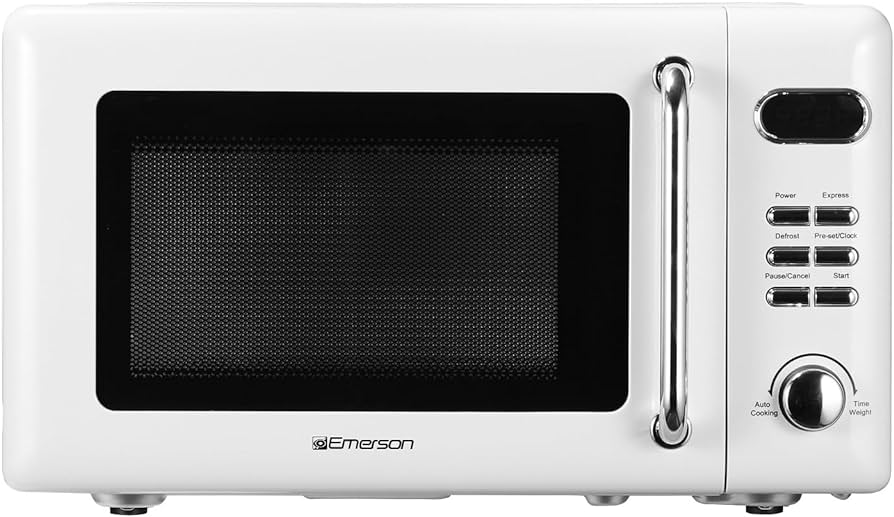 Evolution of Microwave Oven Technology
Evolution of Microwave Oven Technology
The technology behind microwave ovens has continued to evolve, further enhancing their functionality and convenience. Inverter technology, introduced in the 1990s, allowed for more precise power control, leading to better cooking results. Modern microwaves now often feature sensor cooking, which automatically adjusts cooking time and power levels based on the food’s moisture and temperature.
In addition to technological advancements, design innovations have made microwaves more versatile. Many contemporary models incorporate convection cooking, allowing the appliance to double as a conventional oven. The integration of smart technology has also brought features like remote control via smartphone apps, pre-programmed recipes, and voice command compatibility, making cooking even more user-friendly.
Environmental Considerations and Sustainability
As with many household appliances, the environmental impact of microwave ovens has come under scrutiny. Concerns about energy consumption have led to the development of more energy-efficient models. Modern microwaves typically consume less power than traditional ovens, especially for smaller cooking tasks. Manufacturers have also explored sustainable materials and eco-friendly production processes to minimize their environmental footprint.
The disposal of old or broken microwaves poses another environmental challenge. Recycling programs and take-back initiatives by manufacturers aim to address this issue, ensuring that valuable components and materials are recovered and reused, reducing electronic waste.
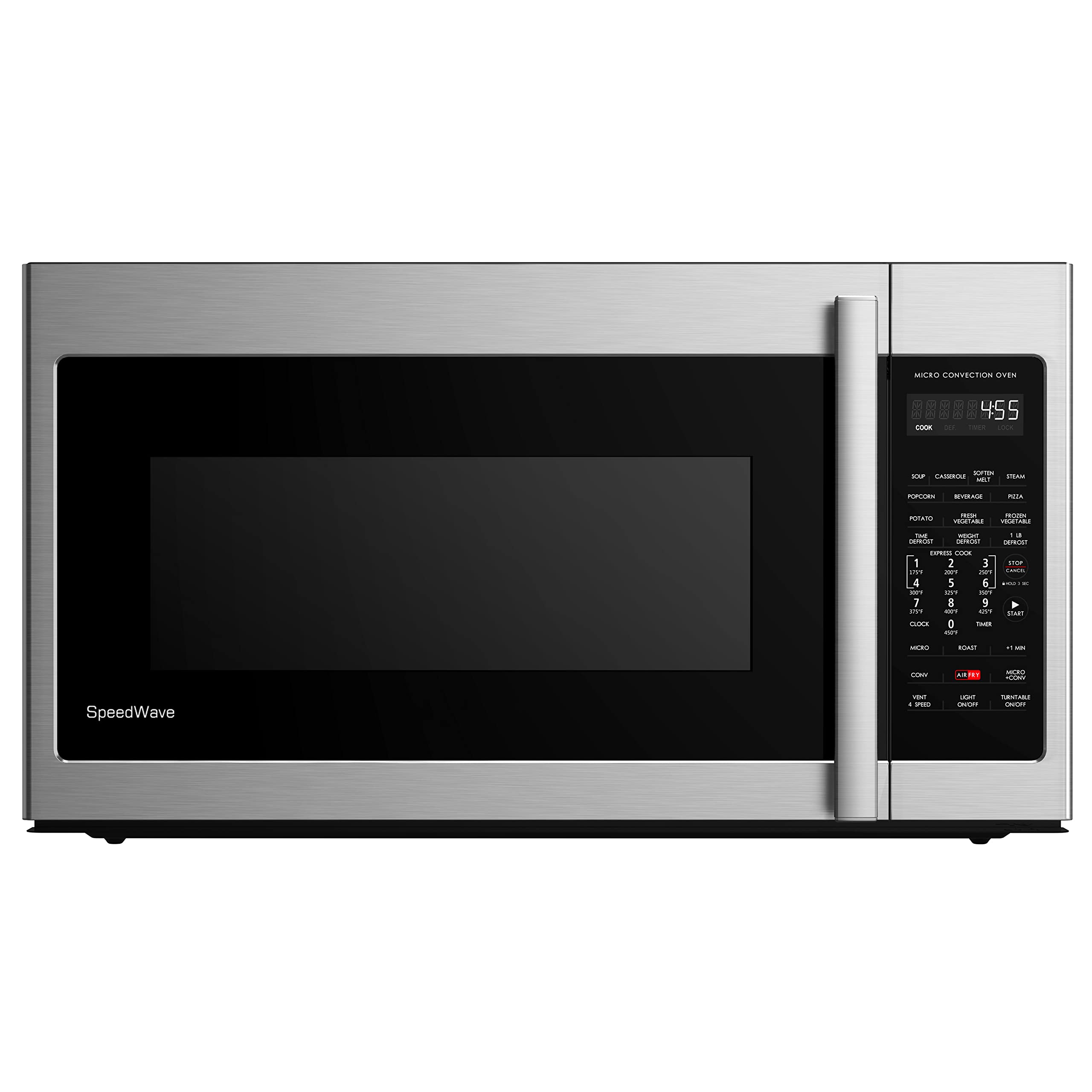 Conclusion:
Conclusion:
The Lasting Legacy of Microwave Ovens
The invention of the microwave oven in the mid-20th century marked a turning point in culinary technology. From Percy Spencer’s serendipitous discovery in 1945 to the widespread adoption of microwave ovens in kitchens around the globe, this appliance has had a profound and lasting impact on how we prepare and enjoy food.
As innovations continue to enhance their functionality and efficiency, microwave ovens remain an indispensable tool, celebrated for their convenience and versatility. The journey of the microwave oven—from a bulky, industrial machine to a sleek, smart kitchen gadget—epitomizes the spirit of technological progress and adaptation, ensuring its place in kitchens for many years to come.

